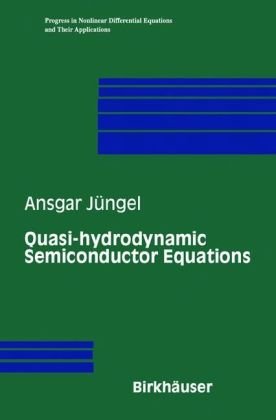

Most ebook files are in PDF format, so you can easily read them using various software such as Foxit Reader or directly on the Google Chrome browser.
Some ebook files are released by publishers in other formats such as .awz, .mobi, .epub, .fb2, etc. You may need to install specific software to read these formats on mobile/PC, such as Calibre.
Please read the tutorial at this link: https://ebookbell.com/faq
We offer FREE conversion to the popular formats you request; however, this may take some time. Therefore, right after payment, please email us, and we will try to provide the service as quickly as possible.
For some exceptional file formats or broken links (if any), please refrain from opening any disputes. Instead, email us first, and we will try to assist within a maximum of 6 hours.
EbookBell Team

4.1
20 reviewsIn this book a hierarchy of macroscopic models for semiconductor devices is presented. Three classes of models are studied in detail: isentropic drift-diffusion equations, energy-transport models, and quantum hydrodynamic equations. The derivation of each of the models is shown, including physical discussions. Furthermore, the corresponding mathematical problems are analyzed, using modern techniques for nonlinear partial differential equations. The equations are discretized employing mixed finite-element methods. Also, numerical simulations for modern semiconductor devices are performed, showing the particular features of the models.
Modern analytical techniques have been used and further developed, such as positive solution methods, local energy methods for free-boundary problems and entropy methods.
The book is aimed at applied mathematicians and physicists interested in mathematics, as well as graduate and postdoc students and researchers in these fields.